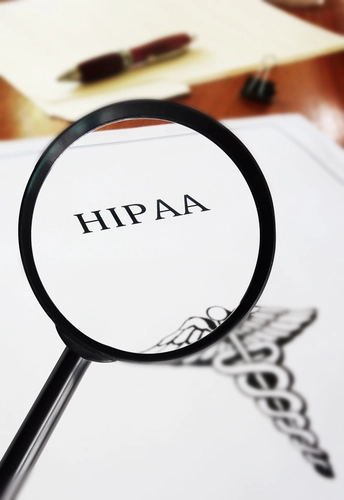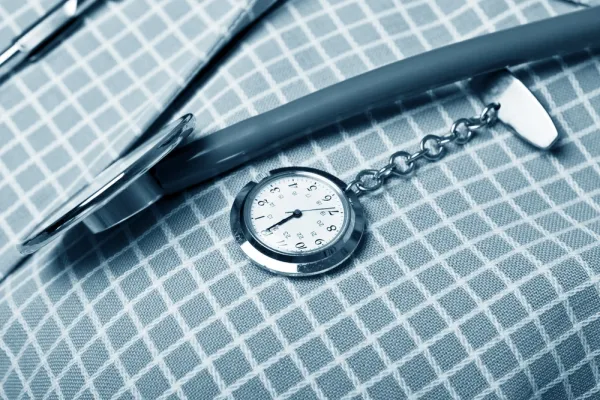Can A Typo Cost You Tens of Thousands?

Yes it can, this billing pro says.
With 2016 right around the corner, now is the time to tighten up your processes to ensure that you start the year with the maximum income potential. Last week you saw the beginning of our series that shows you how to collect more revenue, and this week we’ve got another expert lined up to help you increase your collections, potentially by thousands.
Read on for tips from this week’s expert, Manny Oliverez, CPC, CEO of Capture Billing and Consulting, Inc. in South Riding, VA, who shared his experiences handling medical practices’ billings with the Insider this week.
This Simple Step Can Help Avoid Skyrocketing A/Rs
You may think that you need to invest in an expensive accounts receivable (A/R) software program or hire pricey consultants to increase your A/R, but there’s one tip that can help you collect more income and won’t cost you a dime, Oliverez says.
“One of the biggest problems I see in some of the medical practices we start to work with is that incorrect patient information was entered into the computer system,” he says. “Misspelled patient names, wrong dates of birth, typos in the insurance ID number and secondary insurance put in as primary all lead to the claims being denied. This causes the accounts receivable to skyrocket and spiral out of control.”
Not only does this issue create denials, it can sometimes have an impact far beyond that one patient encounter. “Often the problem gets so overwhelming the denials are hardly worked all leaving thousands, if not tens of thousands of dollars on the table,” Oliverez says. “Take care of this one problem and income is sure to rise.”
Don’t Be Shy About Billing Patients
Another area where practices can quickly and inexpensively make an impact involves approaching patients for their portion of the balance. Oliverez sees dozens of practices that don’t have a quality patient collection process, which has become more important than ever as deductibles rise.
“I’ve come across practices that haven’t billed patients in months—one had actually never billed any patients at all,” he says. “The front desk should have procedures in place to collect all copays and balances at the time of service. The billing department needs policies on when and how many patient statements to send, when to mail out demand letters, how many phone calls to make and (if appropriate) when to send an account to collections. And it all needs to be done consistently.”
For example: The 2016 Part B deductible is $166.00. Suppose you fail to collect the deductible for just two patients a day. In January alone, this will cost you $6,640, assuming your practice is only open on the weekdays.
Takeaway: Since most practices can’t afford to simply write off almost $7,000 a month, now is the time to establish a process of billing patients on the day of the visit, as well as one to ensure you send them bills for any balances afterward.




